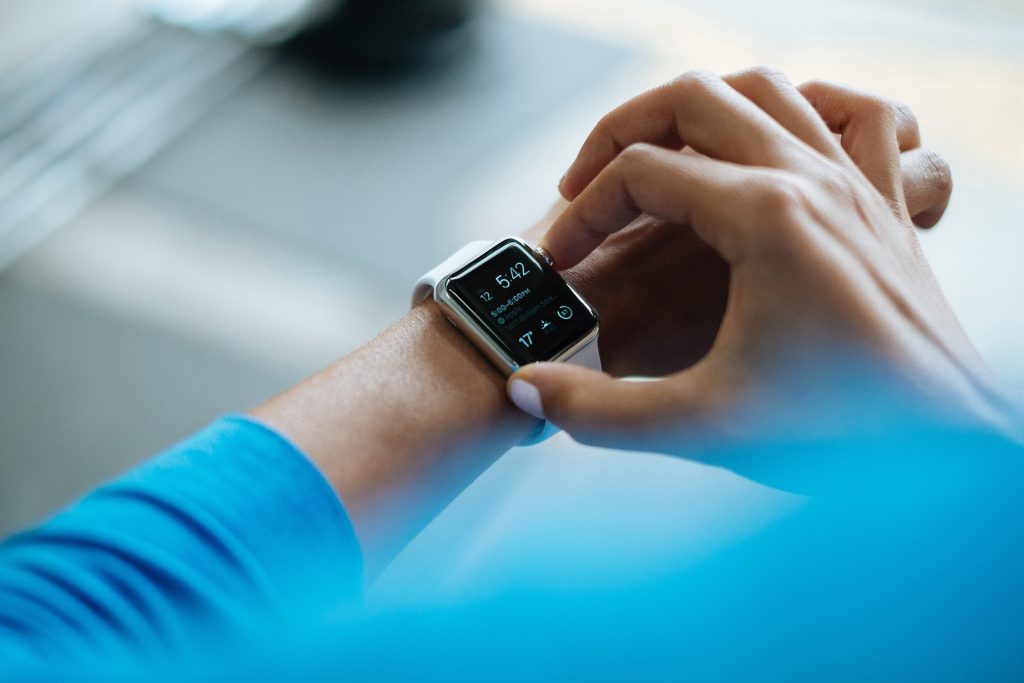How the rise of technology can help you manage your health and your asthma
That digital watch on your wrist or the app on your phone might provide you with information that changes – or saves – your life.

The rise of digital health services and products is part of an accelerating transformation of health that aims to put people at the centre of care.
Australasian Institute of Digital Health CEO Dr. Louise Schaper says there are many advantages for health consumers using digital services, which can provide better access to information and reduce the risk of mistakes.
“There are significant benefits that come into play in digital health when we give patients access to their own information,” she says.
From reducing the potential for misunderstandings and errors to better detail about the way your asthma symptoms present, technology has the potential to change the way you control your asthma.
How is healthcare undergoing a digital transformation?
The way you can manage your health and wellbeing is changing rapidly.
Spurred on by the disruption of the COVID-19 pandemic, global healthcare is undergoing a fundamental shift.1
According to the Australian Government, almost 30 million medical and health consultations were conducted by telehealth between March and September last year, marking a significant shift in the use of the technology.2
A growing number of Australians also monitor their steps, sleep, and health data through apps, smartwatches, and activity trackers.3
Industry experts say this is all on the path to person-centred care, where information and healthcare combine to improve overall health outcomes.4
Better records and fewer mistakes
One of the benefits of digital health is access to accurate, real-time information, in an effective format.
Australasian Institute of Digital Health CEO Dr. Louise Schaper says online and cloud-based systems can reduce paperwork, streamline processes, and securely store information.
This helps to reduce potential errors, such as when paper-based files are lost, incomplete, hard to read, or not shared with other health practitioners.
“There are a lot of documented cases of mistakes that get made, unfortunately, in the healthcare system, including mistakes that may actually result in patient harm,” she says.
She says traditional paper-based files can be difficult to use and prone to human error. “If you’ve been unwell for a long time, or if you have a chronic condition, you can have a really big medical file and there is no way of organising that information,” she says.
Dr Schaper points to anecdotal evidence of people whose medical files included small errors that resulted in major impacts in treatment advice.
One woman who was unhappy with her care after a stroke fought for the release of her official files. When she looked over them, she realised her date of birth was incorrect and doctors thought they were treating a person who was 20 years older than her actual age.
“There’s huge empowerment from that information [for patients],” she says.
Wearables and the rise of data
And the real transformation is coming.
Dr Schaper says the rise of wearable technologies monitoring your health and collecting real-time data will enable patients to manage their own health.
“The majority of clinically valuable data in the future won’t come from within healthcare settings,” she says.
“It will come from our day-to-day data collection that gets shared with the health care system.”
People will also be able to monitor their own health and actively modify their behaviours.
Asthma apps to help manage your condition
One of the ways people with asthma can record and manage their condition is through apps.
Through these digital tools, you can get reminders to take your preventer puffer in line with your prescription and keep all those scripts in one place, too.
Digital tools allow you to track your asthma symptoms including peak flow tests, and record the number of times you experience symptoms using a simple questionnaire. This is a great way between visits with your treating health professional, to monitor your asthma symptoms and keep on track.
An integration with Apple Health and Google Fit can also feed in step count and heart rate measurements into an app, which can help to determine trends around exercise and asthma symptoms.
Your Asthma Action Plan can be stored securely in these digital tools, meaning you have it with you at all times.
References
- https://www.accenture.com/us-en/blogs/life-sciences/how-popular-consumer-tech-is-changing-medtech
- https://www.health.gov.au/ministers/the-hon-greg-hunt-mp/media/digital-health-skills-and-training-more-important-than-ever-296-million-telehealth-services-delivered
- https://which-50.com/australians-prefer-smartwatches-to-fitness-trackers-as-wearable-market-grows/#:~:text=According%20to%20the%20Telsyte%20Australian,by%20increasing%20demand%20for%20smartwatches.
- https://www.accenture.com/_acnmedia/PDF-77/Accenture-Medical-Technology-Digital-Platforms.pdf






